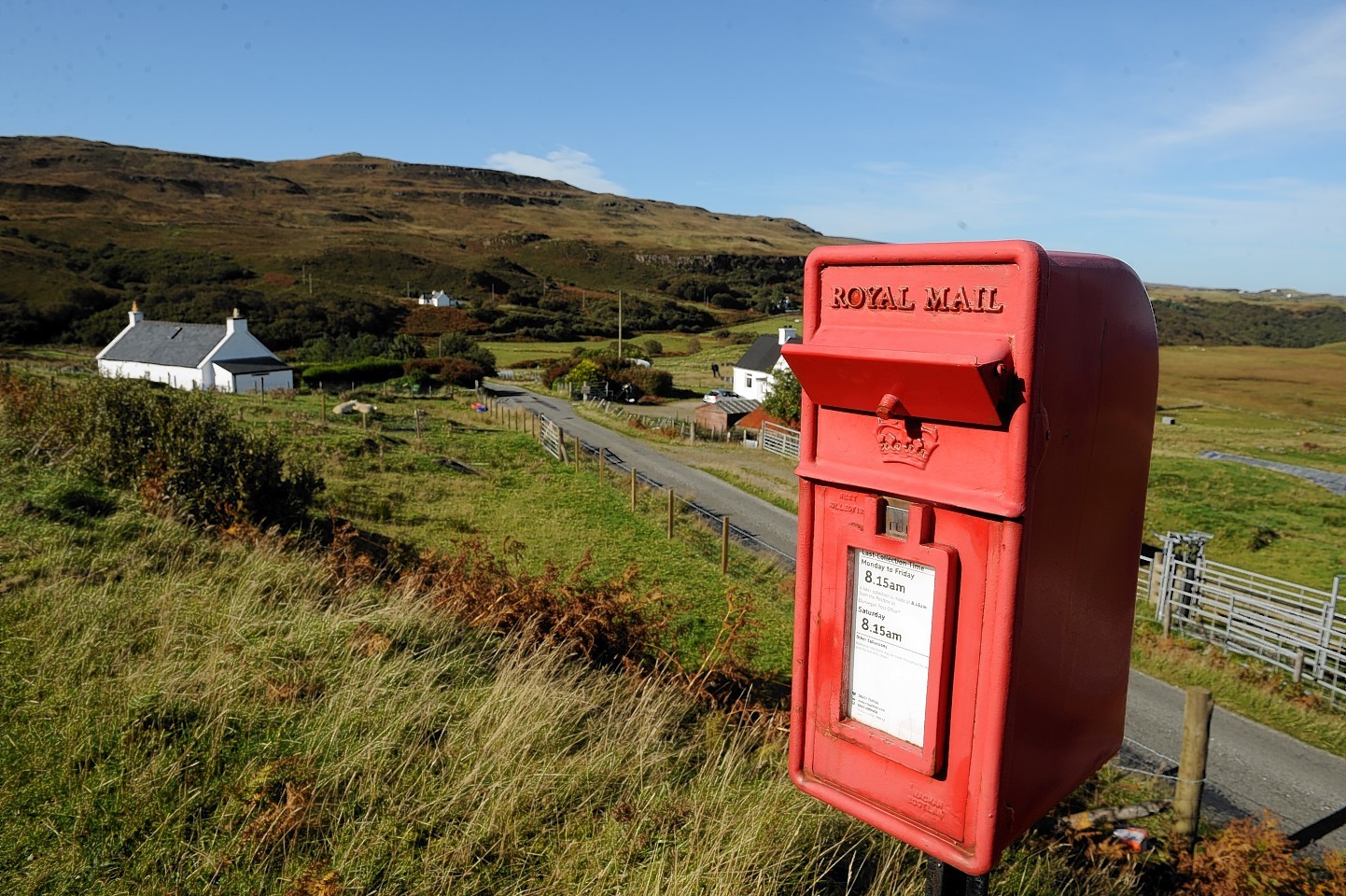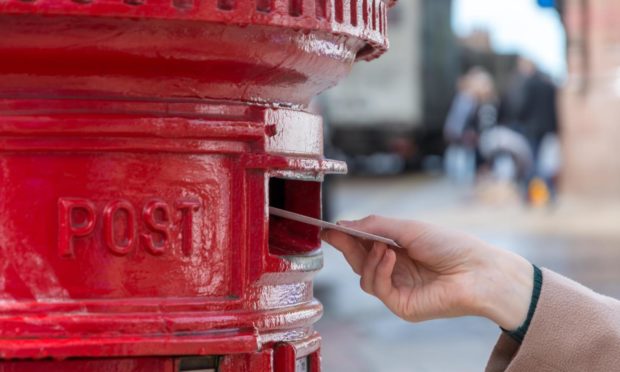I wrote three letters today.
On my lovely headed notepaper which was a gift from my parents. With a fountain pen which was a gift from my son. He’d asked me what I wanted for my birthday a few years back and I replied: “A pen, please.”
He surpassed himself with a sleek, black, inky beauty which has lived in my green leather zip-around writing case, which was a gift from my in-laws, ever since.
I went to the Co-op and asked for a book of first class stamps.
“We’ve only got Christmas ones,” the assistant said apologetically. In June – really? I’m pretty sure they weren’t super early stock for next Christmas, either.
Seems there’s not been much call for stamps this year, which is sad, given lockdown’s unique opportunities for multiple forms of remote communication.
The ceremony of sending a letter
The stamps are beautiful; stained glass images of Mary cradling the baby Jesus, in jewel shades of red, blue and green. I’m glad they didn’t have the ordinary ones.
I paid for them with money taken from my lovely purse which was a birthday present from my husband, chosen by me – the purse and the husband, come to think of it.
Then on down the brae to the pillar box, the metallic swish as the letters fell into an empty-sounding drum, the relief of reading on the box that there’s still one more collection later today and the sudden memory of the many, many chatty letters my husband’s grandmother used to send us. They always ended with the line: “Must dash to catch the post!”, conjuring an image of a lovely English lady hurrying down a leafy lane, skirts billowing, waving the envelope above her head to flag down a kindly old postie on a bicycle.

Mine were thank you letters, written after we’d returned from a long-postponed trip down south to catch up with far-off family and friends. The old-fashioned nature of the communication was apt, given that the last time we’d seen them, pre-lockdown, feels like ancient history.
For me, nothing short of a letter in an envelope is sufficient to thank people for putting up with us for any length of time but, conversely, when younger people give their thanks in person or via text or phone, I’m happy with that, too. Others my age and above might feel differently.
Digital communication has its pros and pitfalls
When it comes to written communication, my generation bestrode the times. Learning to write a proper letter came early for us, in primary school or at home, so although it was always a hassle, it was straightforward and achievable. Now I absolutely love writing them but I still recall how much of a chore they were for me as a child. I wasn’t ungrateful, just lazy.
Most of us in middle age are fairly adept with modern forms of written communication, I think, muddling along adequately on text, WhatsApp, Messenger, Snapchat, Instagram DMs or whatever platform our friends, colleagues and children use. They’re a fiddle to use at first but most of them work along similar lines.
I have a relative who believes ‘lol’ is short for ‘lots of love’, causing raised eyebrows sometimes
Mind you, some of my messages would arrive more quickly if I’d written them out and tied them to a pigeon’s leg, laboriously crafted as they are using two thumbs and crammed with correct sentences containing essential adverbs and conjunctions such as “moreover” and “whereas”. Not that I’m averse to an emoji or a bit of shorthand, mind, but they do come freighted with pitfalls for the uninitiated.
I have a relative who believes “lol” is short for “lots of love”, causing raised eyebrows sometimes. “Sorry to hear you’re having a tough time – lol” doesn’t quite offer the intended comfort, upon first reading.
We can have the best of both worlds
I believe we all have a duty to keep abreast of how written communication is handled. I want to live in the same world as my children and, one day, their children.
I can hardly think back to my own childhood reluctance to get on with my thank you letters and then expect today’s youth to sit down to writing theirs with gleeful enthusiasm, can I? Some do, of course, and that’s fabulous. I mean, imagine if I’d gone to the Co-op and they hadn’t any stamps in stock at all because nobody asked for them any more? No letterboxes, no friendly posties?
But for now, my young people, a phone call, a text, a WhatsApp or a hug next time I see you will do just as well, darlings, if that’s your preference. Frankly, I’m just grateful they still speak to me at all.
Erica Munro is a novelist, playwright, screenwriter and freelance editor

